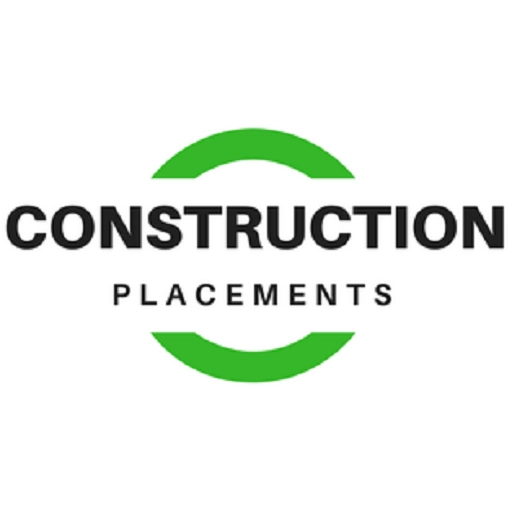Last Updated on October 14, 2024 by Admin
Can you imagine buildings going up faster, with fewer mistakes and some real cost savings? Sounds like a dream, right? Well, it’s becoming reality thanks to artificial intelligence (AI). This isn’t about robots taking over–it’s about smart tech making the construction life cycle smoother, smarter, and snappier.
Table of Contents
Getting Familiar with AI: The 1st Step
Getting familiar with AI before it hits the construction site is kind of like reading the manual before you assemble that new gadget you’ve just bought. It’s all about preparation. Diving into the world of AI isn’t just a good idea–it’s pretty much essential if you want to make the most of what this technology can offer to your projects.
Wrapping your head around AI early on means you’re setting yourself and your team up for success. You get to understand what AI can and, just as importantly, cannot do. This way, you’re not caught off guard by unrealistic expectations or miscommunications between what you want and what the tech delivers. Plus–it’s a golden opportunity to spot any skills your team might need to brush up on to work seamlessly with this smart tech.
The Why: A Big Shift for Construction
So, why bother throwing AI into the mix? Construction projects are huge. We’re talking about a gazillion details, lots of people, and a good chunk of change. It’s like juggling with too many balls in the air. And that’s precisely where AI steps in. It’s like having an extra set of super-smart hands to keep those balls flying smoothly. From planning to the final touches, AI can predict problems, suggest solutions, and make sure folks are where they need to be, doing what they’re best at.
The How: AI’s Toolbox for Construction
Ever heard of “big data”? In construction, there’s an ocean of data from every nail hammered to each meter of cable laid. AI dives into this data to find patterns, predict snags before they happen, and suggest the best ways to move forward. It’s not just about crunching numbers; AI tools can visualize projects in 3D before they’re built, keeping everyone on the same page. Plus, drones and AI are becoming BFFs–scanning sites to monitor progress and safety, making sure real-world work matches the master plan.
The Strength of Lightness: Titanium
In the innovative world of AI-assisted construction, the choice of materials isn’t just about what’s cost-effective; it’s about building for the future. That’s where titanium enters the picture, bringing a combination of durability and lightness that’s hard to beat. Picture you’re creating a structure meant to stand tall against time’s test, weathering storms and bearing loads without breaking a sweat. Titanium shines in this arena, ensuring that buildings not only remain steadfast but also don’t buckle under weight over years.
But there’s more to titanium than just its strength and feather-light properties. Here’s what’s amazing: this material also resists corrosion like no other–meaning it’s as comfortable in the salty spray of the sea as it is in the urban jungle. This resistance to rust and degradation makes titanium the go-to choice for parts of a building exposed to the elements or for infrastructure projects where longevity and low maintenance are key.
In an era where environmental sustainability is not just nice but necessary, titanium’s durability means fewer resources are needed down the line for repairs or replacements. Plus–its longevity and the reduced need for maintenance make it a smart investment over a project’s lifespan, which is why companies across the globe continue to buy titanium bars.
The Future is Bright (and Smart)
Embracing AI in construction isn’t just a passing trend–it’s the future waving at us. Imagine buildings that almost build themselves, where glitches are caught before they happen, and designs come to life exactly as planned. With AI, that entire headache of coordination, timing, and waste could be history. Add the undying importance of materials like titanium, and we’re looking at a future where construction is not just about building structures but crafting smarter, safer, and more sustainable spaces.
Related Posts:
- How BIM and AI Will Revolutionize the Construction Industry
- AI in Construction: How AI is shaping the future of the construction industry
- AI in Real Estate: A Deep Dive into the Future of the Property Market
- Top AI Tools Revolutionizing the Construction Industry


